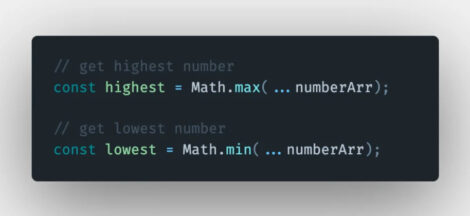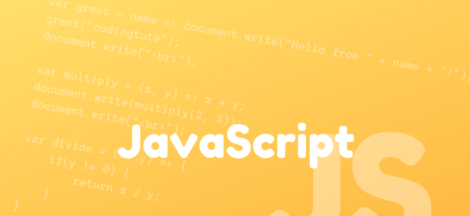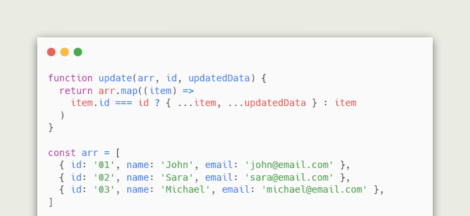As most of you know, Javascript is a popular programming language primarily used for web development. It is quite old being created in 1995. JavaScript is a client-side language, meaning that it runs in the browser and is used to create interactive web pages.
Meanwhile, Typescript is a programming language backed by Microsoft and created in 2012. It is considered the successor of Javascript by a significant portion of the programming community after being considered one of the fastest-growing languages last year. Like its predecessor, typescript is mostly used in web development and has garnered a large following in the last years.
Similarities
JavaScript and TypeScript share many similarities due to TypeScript being a superset of JavaScript.
- Syntax:
This may be an obvious similarity given that typescript is basically an extension of javascript. Both programming languages share a very similar syntax aside from some minute differences. This means that developers who are familiar with either of them can quickly start writing code in the other.
2. Open-Source Community:
Both languages have large and active open-source communities, which create and maintain libraries and frameworks that make it easier to build complex web applications.
3. Browser compatibility:
Being two languages mainly used in web development, both TypeScript and JavaScript are supported by all major web browsers
4. Object-Oriented Programming:
Both Javascript and Typescript support Object-Oriented Programming(OOP) concepts such as classes, objects, and inheritance.
5. Dom manipulation:
Both languages can manipulate the Document Object Model(DOM) used to create dynamic web pages
Differences
JavaScript and TypeScript may share many similarities, but there are some differences between the two.
- Type system:
Javascript, as most know, is a dynamically-typed language. this means that the type of a variable is determined at runtime. On the Flipside, typescript is statically-typed which means variable types are known at compile time.
2. Compilation:
Typescript is compiled to Javascript before it can be run while JavaScript does not require compilation and is interpreted directly by the browser. This makes Javascript much faster.
Why use Typescript over Javascript?
After having a look at the similarities and differences, you can conclude that both Javascript and Typescript have a lot in common. This begs the question: Why learn Typescript?
The short answer is typescript, despite its steep learning curve, helps developers write better code. Let’s dig a little deeper.
- The type system implemented in Typescript helps programmers catch multiple errors in development that might cause problems during runtime. This feature is called type safety.
- Being a statically-typed language, Typescript code tends to be self-documenting and easier to understand as variable types provide some needed clarity and more information about the code. This may come in handy when working in teams where developers are expected to read each other code.
- Typescript offers better scalability than Javascript, which makes it the go-to when working on large projects. This advantage is due to Typescript implementing some features such as interfaces and generics.
Should we replace Javascript with Typescript?
With all these benefits and advantages, should we stop using Javascript and switch to Typescript? The short answer is no. Typescript does not replace JavaScript completely. In general, Typescript provides a more robust and scalable option for large projects where the potential for errors is high. Meanwhile, Javascript embraces flexibility above all else, which makes it easier to develop small to medium-sized projects without sticking to the same rules. Javascript is also easier and faster to run.
Conclusion
In this article, we took a look at both Javascript and Typescript, their similarities and differences. We also learned that Typescript is basically an extension of Javascript. It was developed for large projects that transplied to Javascript. We also reviewed that Javascript is still the way to go when developing small and medium applications.





 Most common Node.js interview questions
Most common Node.js interview questions